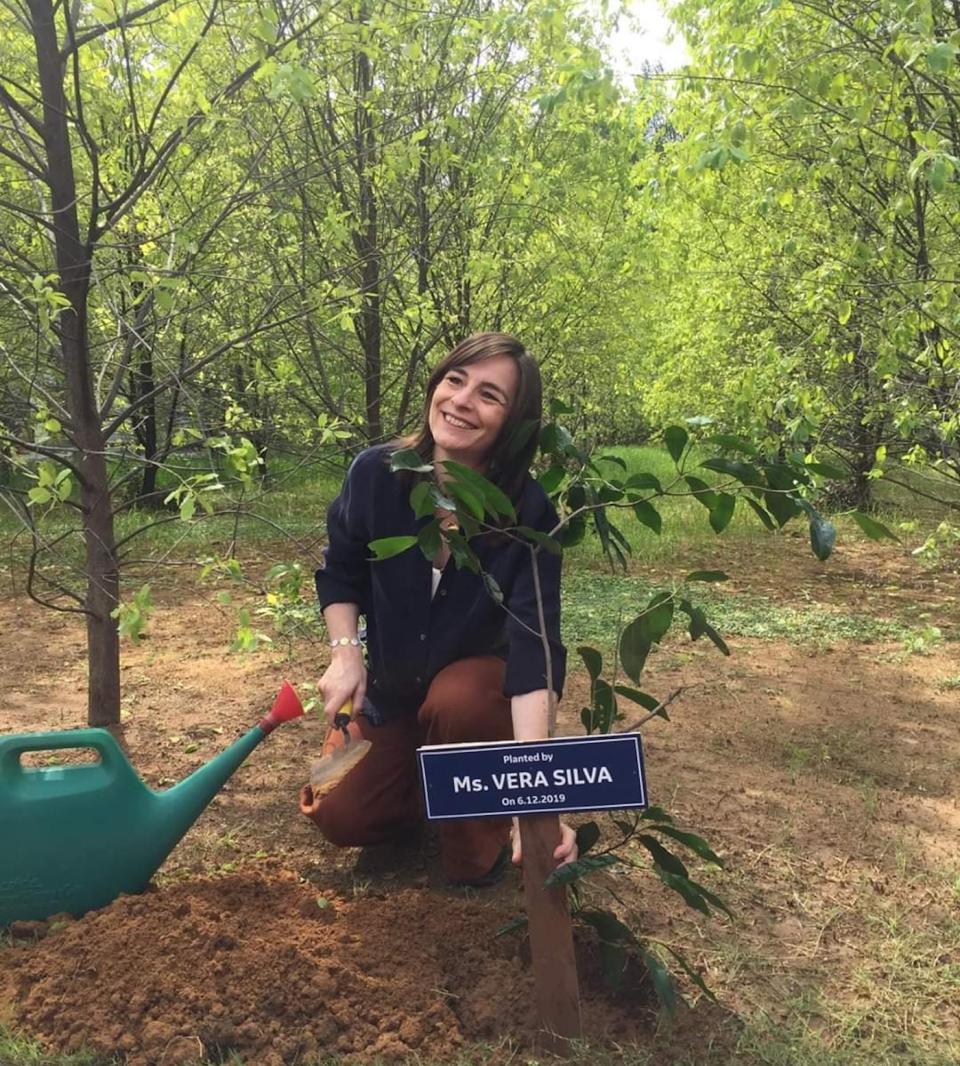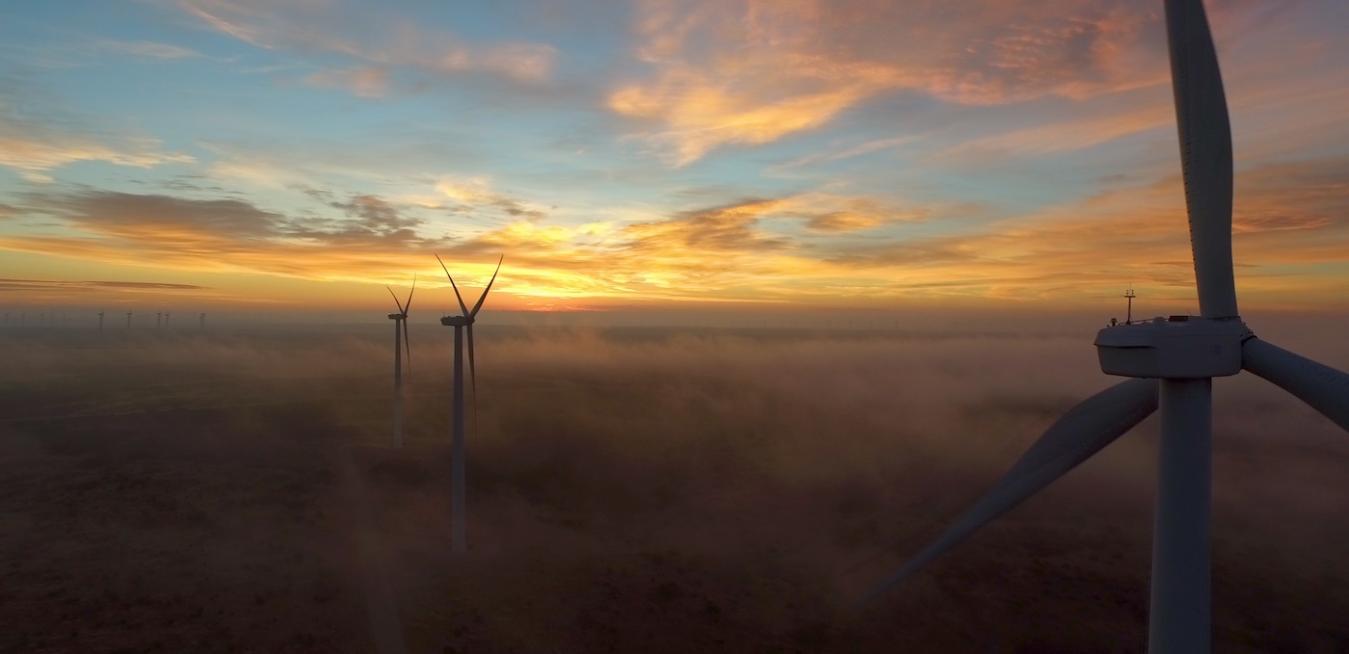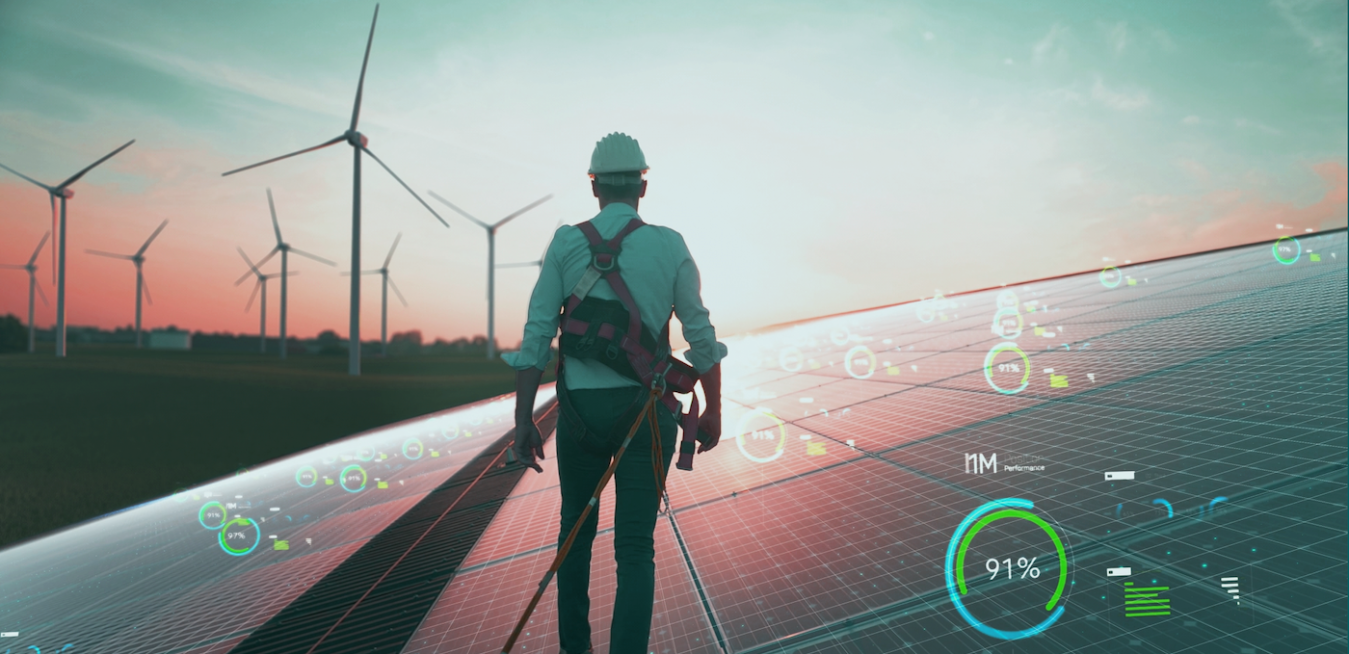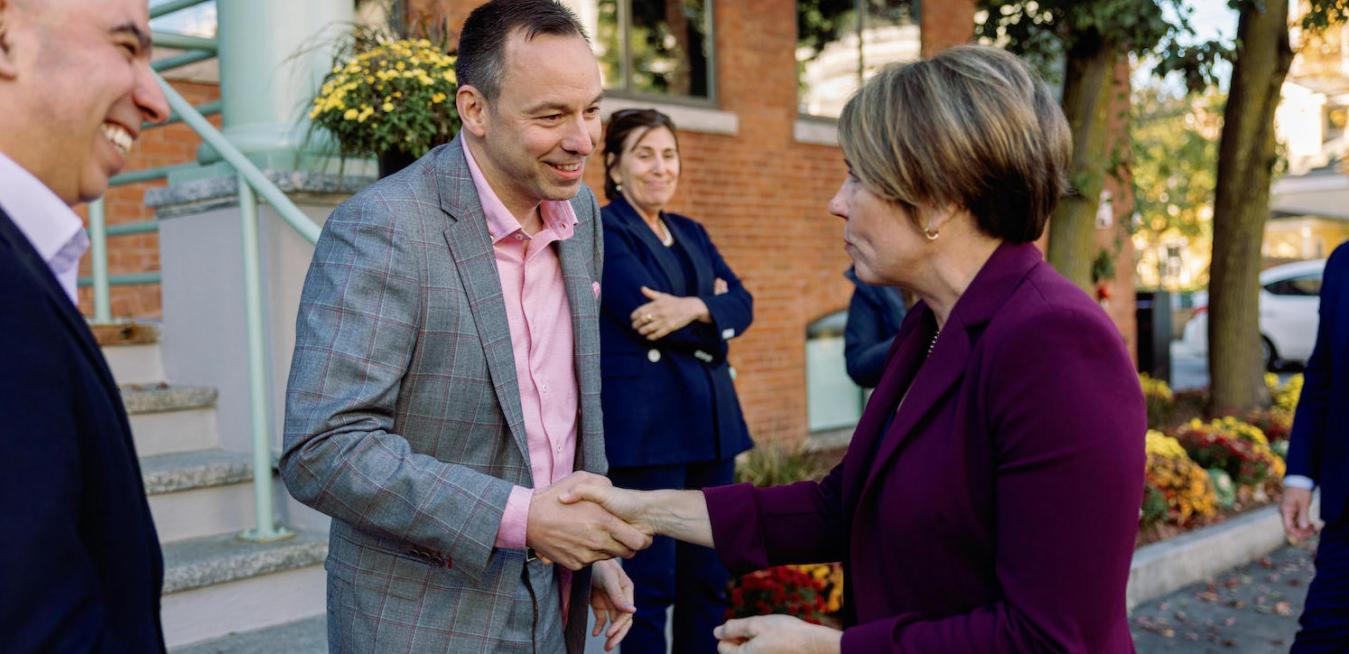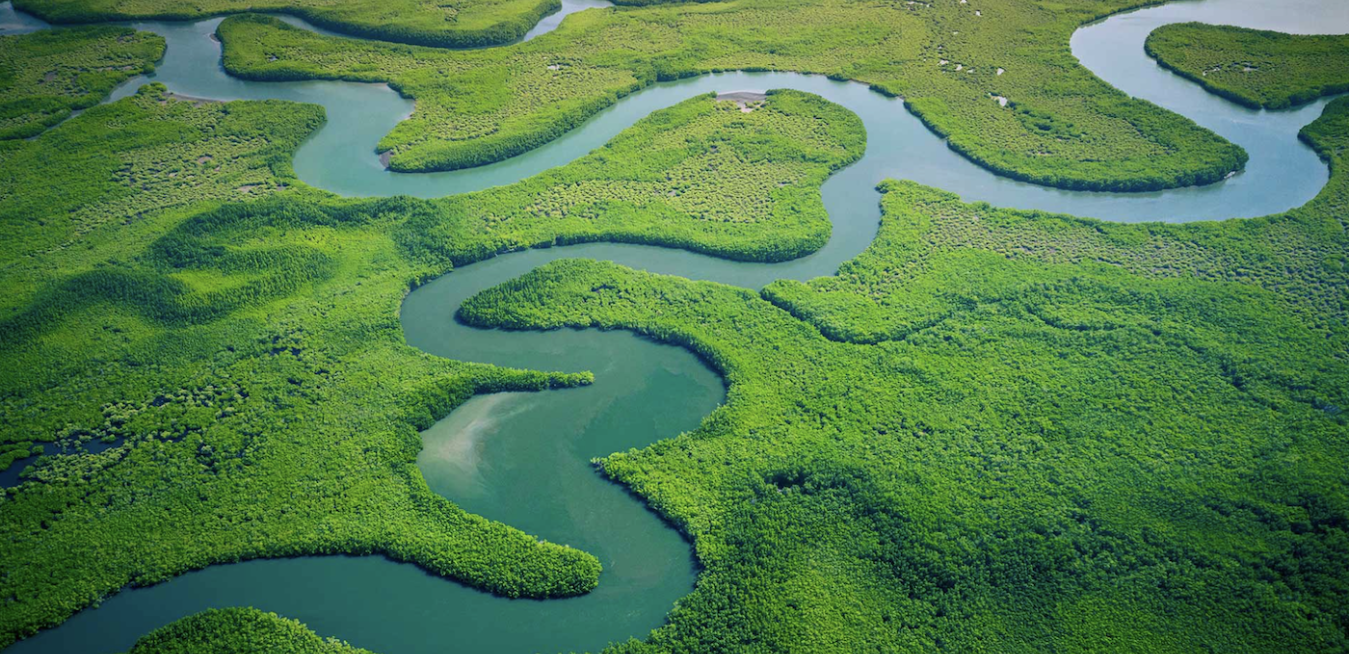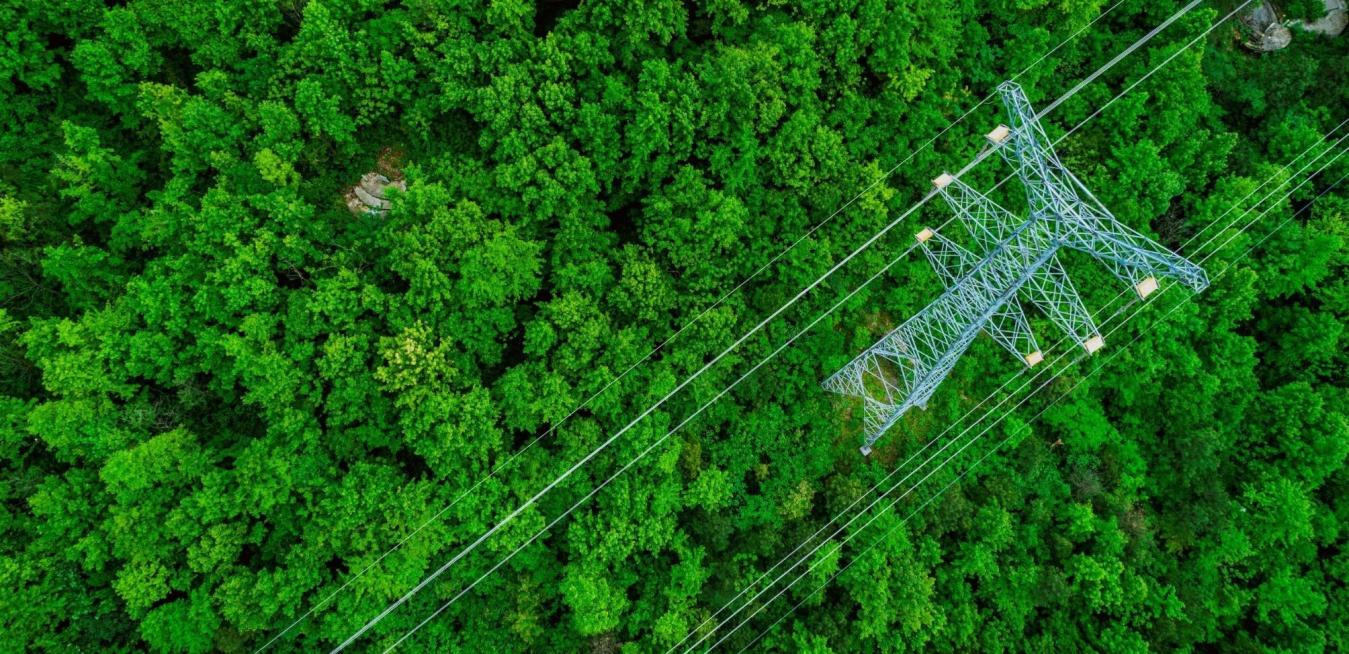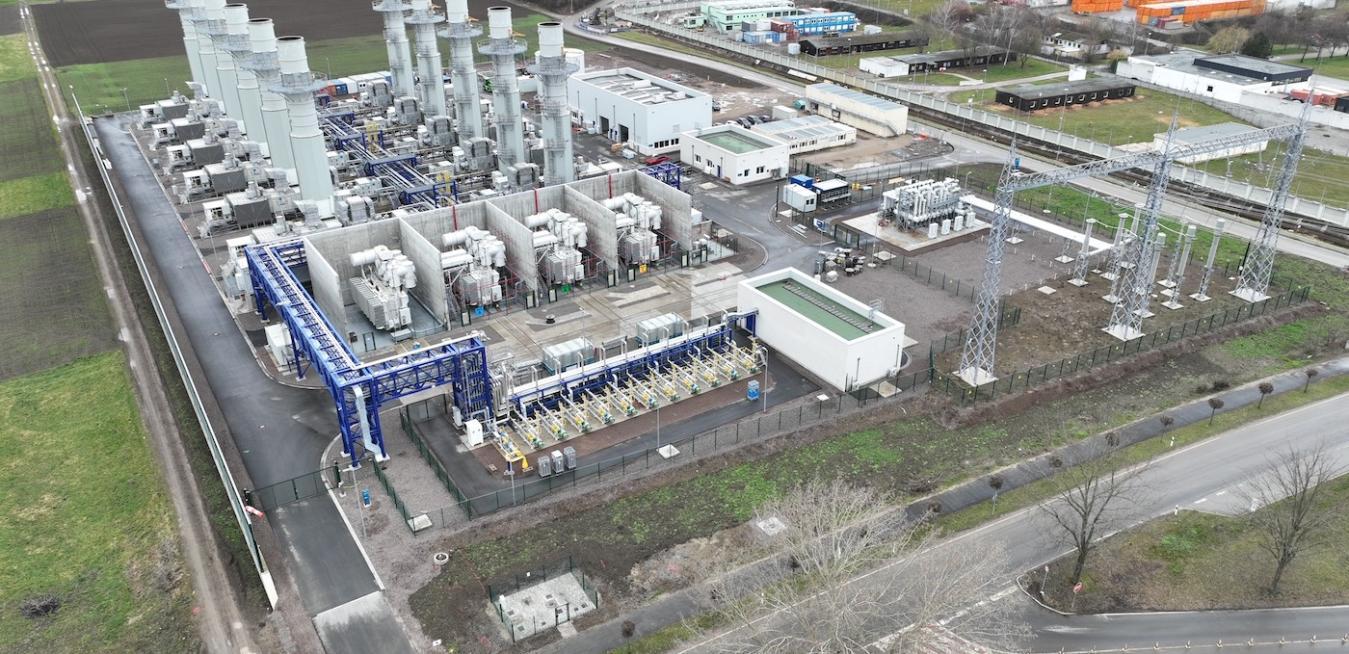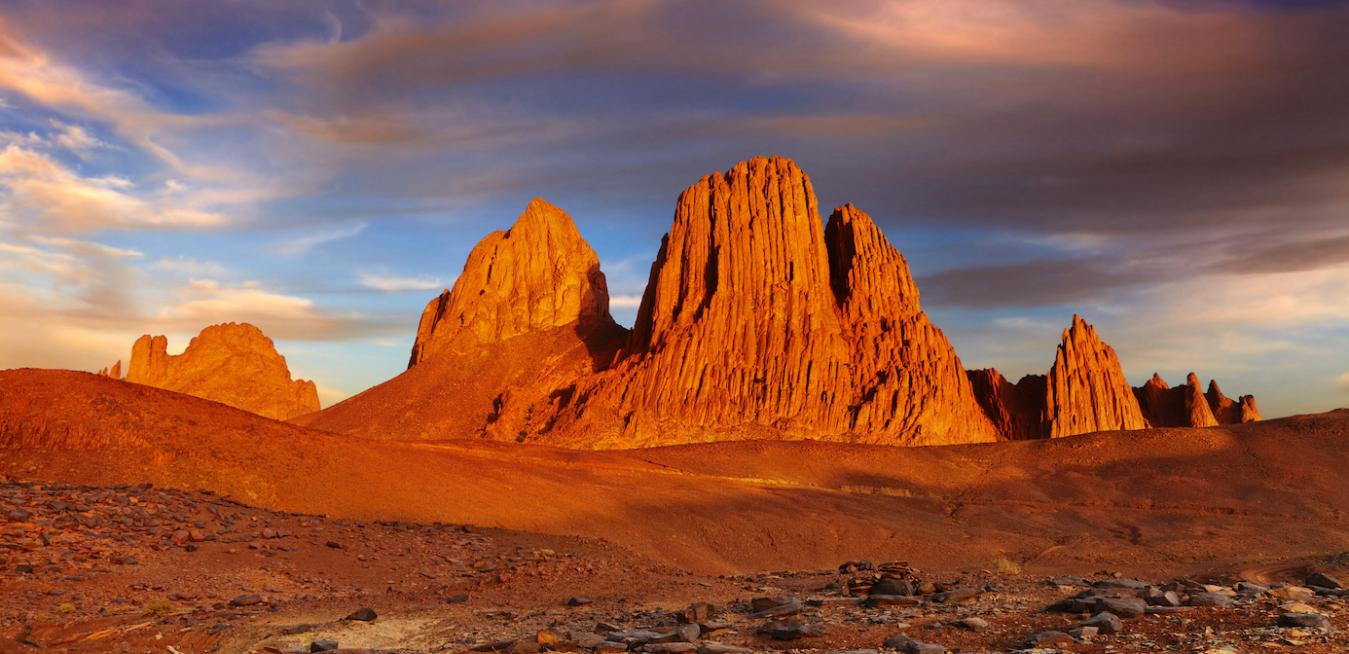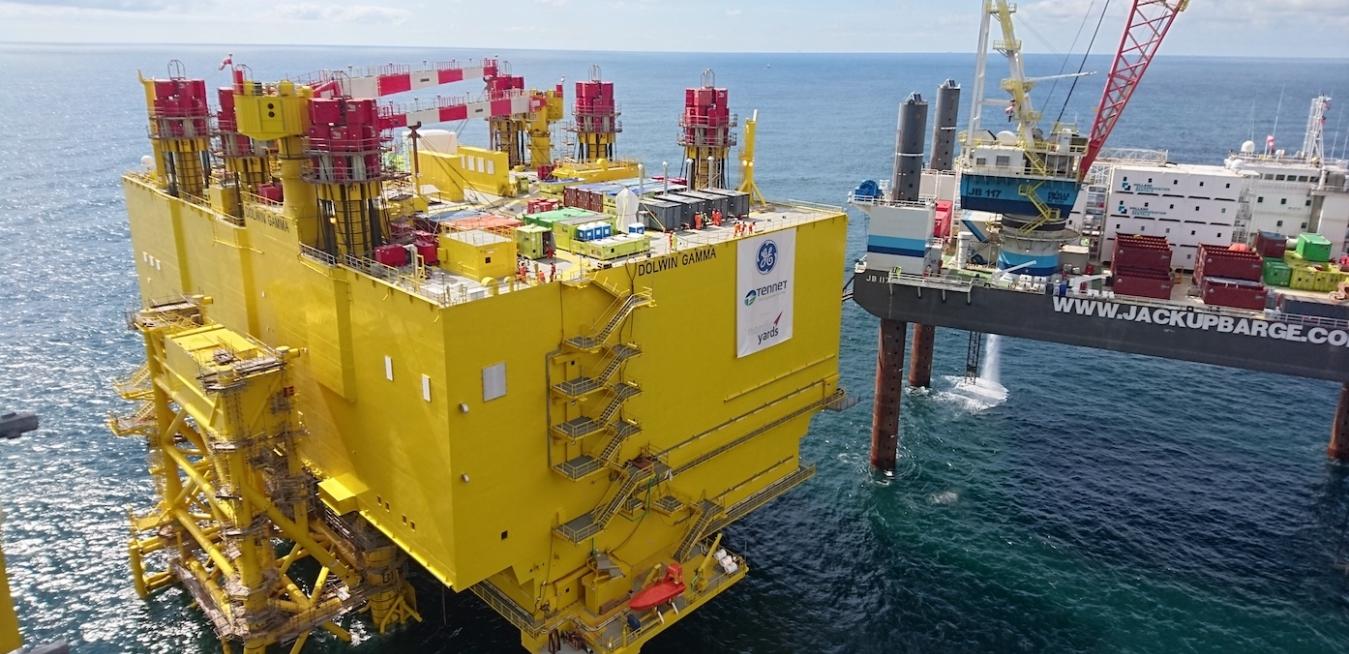When she learned that she’d been inducted into two of the world’s most prestigious science academies, Vera Silva felt, naturally enough, electrified.
With GE Vernova standing at the threshold of becoming a new purpose-built, energy-focused company in a few short weeks, it’s worth noting the inspiration for its name. It is, says the company, “a combination of ver, derived from verde and verdant to signal the greens and blues of the Earth, and nova, from the Latin novus, or ‘new.’” Novus also happens to be one of the roots of the word “innovation,” a pillar of GE from its founding. Innovation, then, is literally in the company’s DNA.
The world has faced myriad challenges in recent years, from challenges to energy security and extreme weather events impacting the grid to the COVID-19 pandemic and the macroeconomic turbulence it caused. These have helped to catapult sustainability to the top of the boardroom agenda, with companies now striving both to succeed as a business and in contributing to solving some of the world’s most pressing challenges at the same time.
You might not think a purring power grid and a fountain of French fizz have much in common, but Thorsten Heller, the chief innovation officer at GE Vernova’s Grid Software business, begs to differ. He compares an efficient network for electricity delivery to the champagne towers popular at weddings, where the sparkling wine overflowing from the coupe at the summit trickles down evenly into tiers of glasses below, without ever spilling a drop.
On Nov.
About three years from now, some 80 miles off the coast of Yorkshire, England, the world’s biggest wind farm is scheduled to begin operation. The facility, called Dogger Bank — which will be powered by GE Vernova’s Haliade-X 14-megawatt (MW) wind turbines — is expected to generate 3.6 gigawatts (GW) of electricity, an amount equivalent to that needed to power 6 million homes in the U.K.
If you’re a regular user of electricity, you’re familiar with this scenario: A thunderstorm booms, lightning streaks across the sky, and the room suddenly goes dark. Usually, the electricity whirs back on within a couple of seconds. But if the storm downed a utility pole, it could be hours; if it took out a substation, you’d better stock up on candles and shelf-stable provisions.
As climate change breeds harder rains and stronger winds, we can expect more frequent, and longer, power outages. But what if utilities could prepare in advance?
One door closes, and another opens. Not far from one of Germany’s many retired nuclear power plants is a new kind of generator, never before seen on the country’s electricity grid. Opened in March, the 300-megawatt (MW) Biblis Grid Stability Power Plant has one job and one job only: to ensure stability in tense grid situations, when supply and demand are out of balance. In the energy system of the future, such flexible operating resources are important for secure grid operation.
Tamanrasset, an Algerian city of nearly 100,000 inhabitants in the heart of the immense Sahara Desert, seems like it’s far from everything when observed on a map. Located around 2,000 kilometers (some 1,200 miles) from the capital, Algiers, Tamanrasset is connected to the rest of the world mainly by the trans-Saharan road that crosses the largest desert in the world, from northern Algeria to Niger and beyond to the south. Food is transported mainly by road and sometimes by plane. But what about another resource that is indispensable: electricity?
Last May, four countries in Northern Europe declared their intention to install at least 65 gigawatts (GW) of offshore wind energy in the wind-rich North Sea by 2030, up from the current 20 GW. It’s another sign that the offshore wind industry is set for an unprecedented boom as the technology improves and countries rush to reduce their reliance on fossil fuels and speed the journey to net zero.
